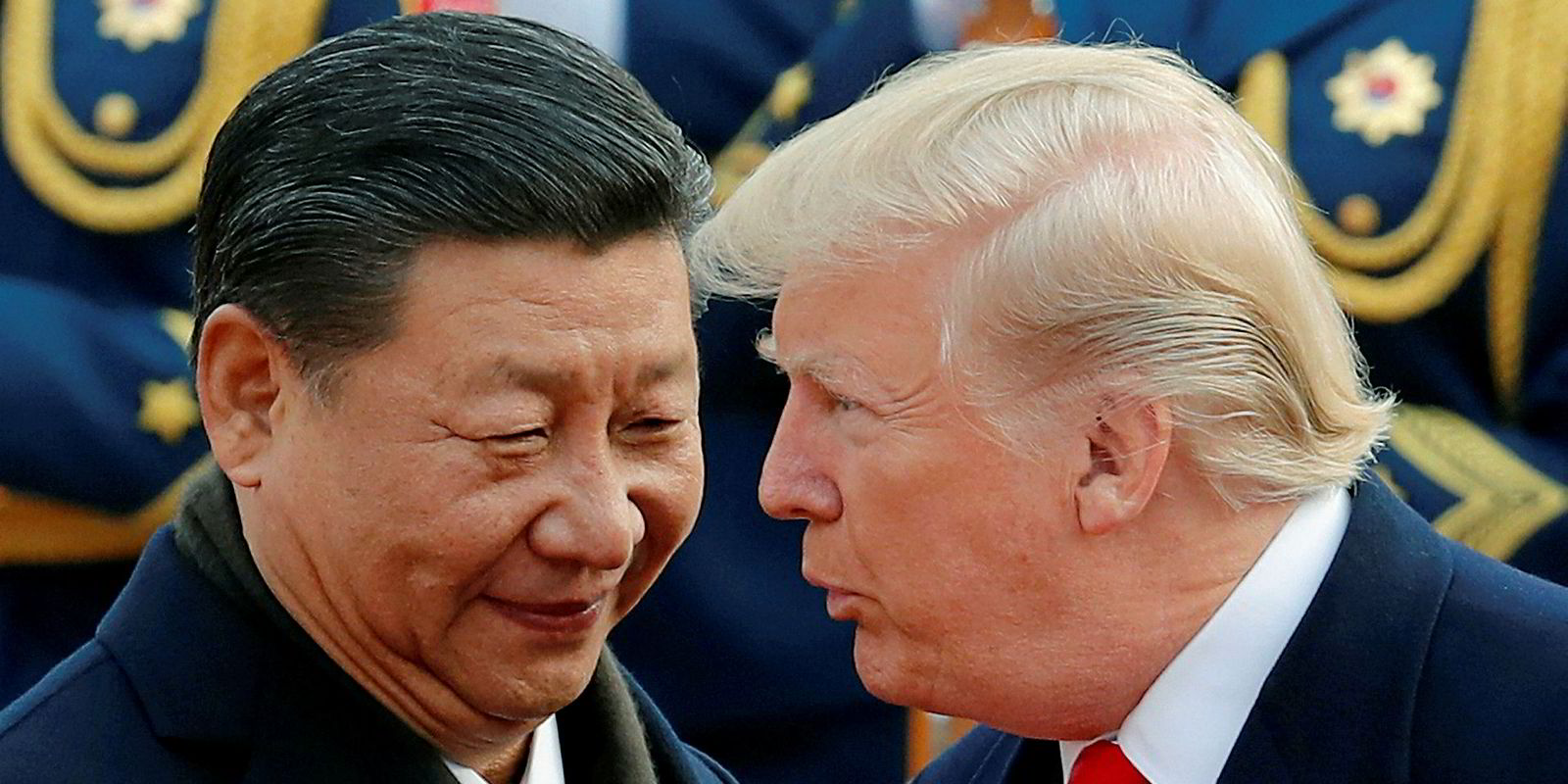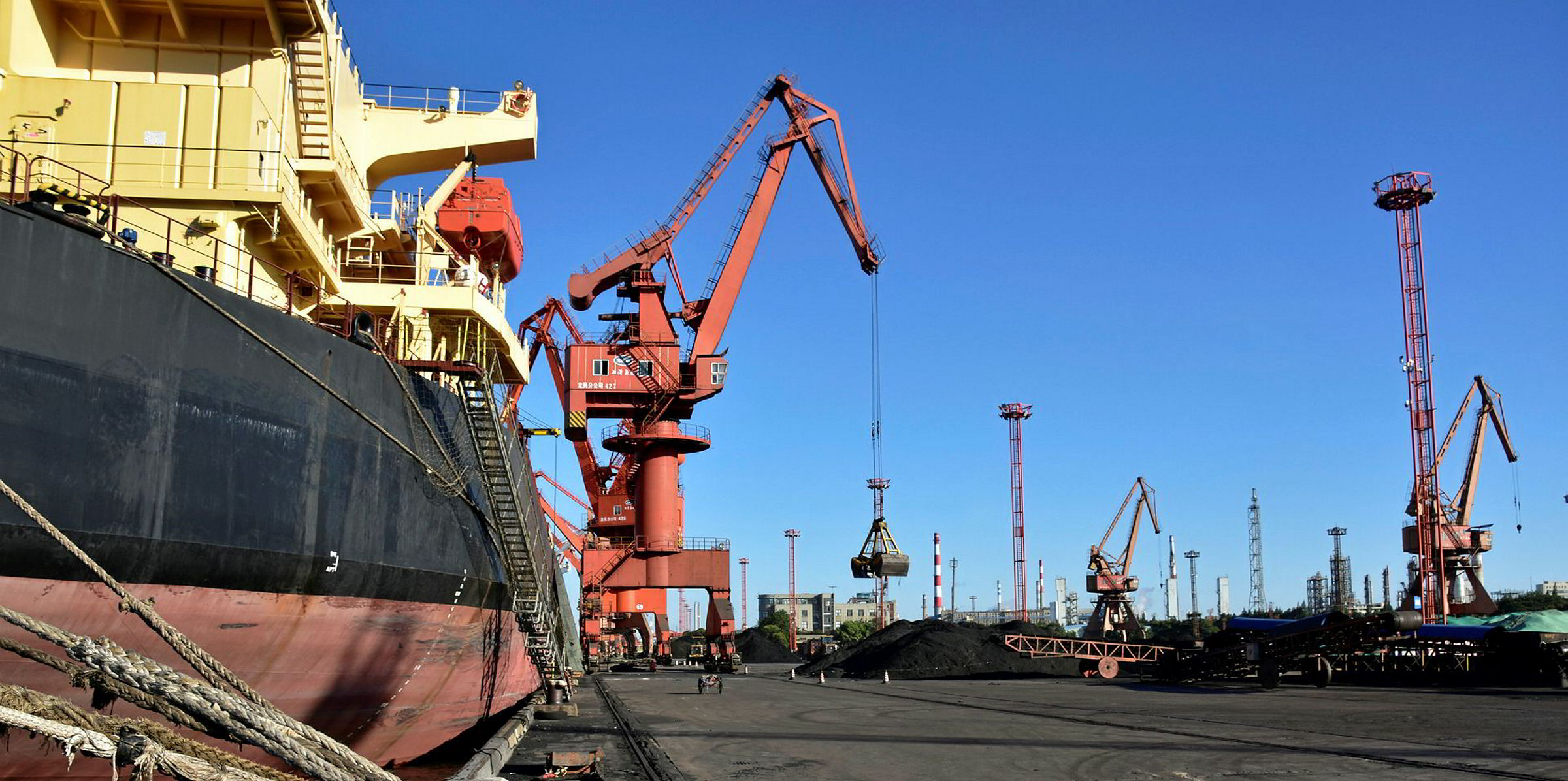A trade war truce between Washington and Beijing has prompted speculation that China will ramp up crude imports from the US, supporting demand for longhaul tanker shipments.
During the G20 meeting held in early December, the world’s two largest economies agreed to a 90-day cease fire during which period no additional tariffs would be imposed on each other.
If the truce can hold despite a high-profile arrest of chief financial officer of China’s Huawei Technologies for alleged violation of US sanctions, viewed by many as a sigh of deteriorating bilateral relationships between China and the US, many experts expect China to increase purchases of US crude as a good gesture.
“China will buy more US oil…as the countries work toward a wider trade agreement,” Bloomberg Intelligence industry analyst Lu Wang says in a note. “Energy offers a solution to reducing the US trade deficit with China.”
According to Wang’s estimates, China could raise purchases of US crude to as much as $14bn in 2021 based a price of $70 per barrel, with strong import requirement due to continued expansion of domestic refining capacity.
China imported 378,000 barrels per day of US crude in the first seven months of this year, making it the largest buyer, according to the Energy Information Administration.
But EIA data shows Chinese imports dropped to zero for August and September amid the escalation of the US-China trade war, despite that Beijing decided not to impose any tariff on US crude imports.
Figures from ClipperData suggests suezmax Cap Leon (built 2003) discharged 280,000 barrels of US crude in China in mid-October and VLCC New Courage discharged one million barrels in late-November.
Unipec, China’s largest oil importing firm, is reported to have fixed an unnamed VLCC to load 270,000 tonnes of crude from the US Gulf during 28 December-3 January and ship them to Singapore for $8.4m or to China for $9.4m.
An email seeking comments from Sinopec, parent of Unipec, has not been responded at the time of writing.
“Unipec may be purchasing US crude again after a ‘truce’ in the trade war was reported between the US and China,” JP Morgan says in a note. “This could help restart the longhaul US-China crude trade, which has been slow lately.”
As the voyage time from the US Gulf to China lasts for 40 to 50 days, Chinese charterers are expected to fix their vessels before Christmas if China is indeed increasing imports of US crude. Spot deals are usually fixed two to four weeks before actual loading takes place.
The resumption of US-China tanker trade—generally utilising VLCCs—would be positive for tonne-mile demand, even though the effect might be partly offset by lower Chinese crude imports from North Sea, West Africa and Latin America if the country wants to keep total import volume unchanged, according to some analysts.
“Any exports from US Gulf to China represents the longest-distanced [trade],” BIMCO chief shipping analyst Peter Sand said.





